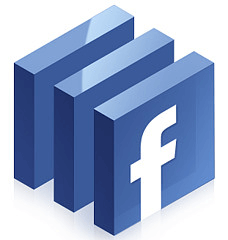Input valueAsNumber
Every once in a while I learn about a JavaScript property that I wish I had known about years earlier -- valueAsNumber is one of them. The valueAsNumber provides the value of an input[type=number] as a Number type, instead of the traditional string representation when you get the value:
/* Assuming an <input type="number" value="1.234" /> */ // BAD: Get the value and convert the number input.value // "1.234" const numberValue = parseFloat(input.value, 10); // GOOD: Use valueAsNumber input.valueAsNumber // 1.234
This property allows us to avoid parseInt/parseFloat, but one gotcha with valueAsNumber is that it will return NaN if the input is empty.
Thank you to Steve Sewell for making me aware of valueAsNumber!
PSA: number inputs have a `.valueAsNumber` property that you may find handy pic.twitter.com/1QwdAW16CC
— Steve Sewell (@Steve8708) March 31, 2022




Great tip! Is there anything wrong with parseInt / parseFloat, apart from the extra line of code? (you labeled it “BAD”)
Depending on lang, decimal separator can be comma. So,
parseFloat('0,01');will return0instead of0.01.Leaving this here hoping it saves some time I wish I had saved to some other person looking for an answer…
If you’re using this on an html input, maybe with angular… it works great, but you NEED to add the
'type="number"'to your input or it will keep giving uNaNno matter what’s in the input box.The reason ?
for some reason that I am not looking up at this time,
valueAsNumberdoes NOT work onStringtypes, but the default type of an html input isString.Bonjour,
parseFloat(string, 10)vsNumber(string)…